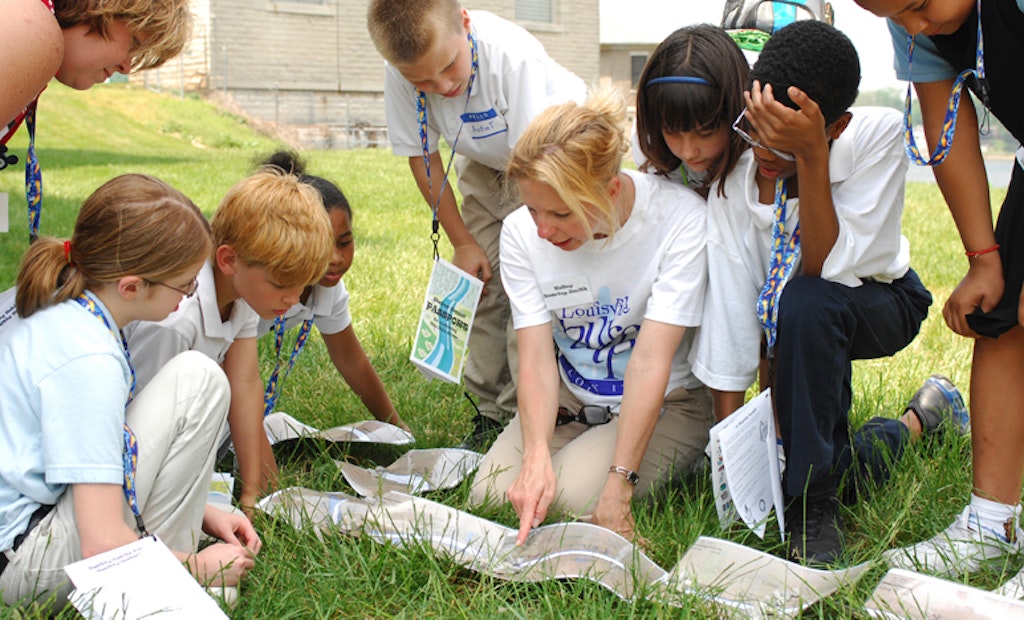
The words “public education” bring to mind quite a few typical images, including PowerPoint presentations, brochures and fact sheets. But that doesn’t have to be the case. It’s time to shift your thinking and explore some of these fresh ideas, which help increase the public's...





